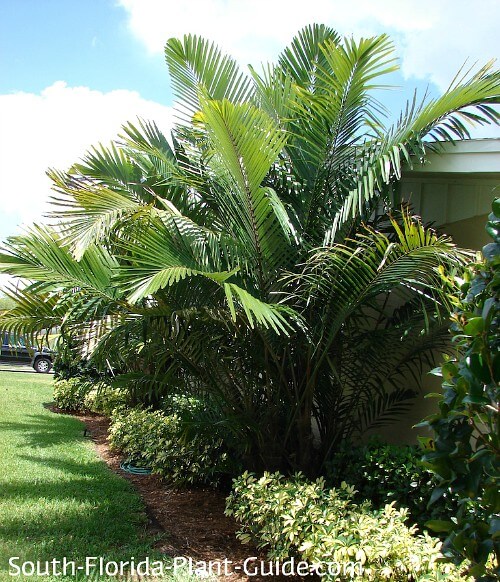Floridaseeds
Formosa Palm Arenga engleri 20 Seeds
Formosa Palm Arenga engleri 20 Seeds
Couldn't load pickup availability
The Formosa palm, radiates a tropical beauty and is considered to be among the finest landscape and cultivated palms. It is one of the most cold hardy pinnate palms in the world. It is hardy in zones 8b-11. Mature and established plants can tolerate temperatures down to about 15- 25º F. The Formosa palm is native to islands south of Japan, including Taiwan (Formosa) and the Ryukyu Islands. It occurs on slopes in dense forests. This attractive clustering palm grows up to 15 feet in height. The stems are cloaked with delicate black fibers. The Formosa palm has long, graceful pinnate leaves that are dark green on the upper surfaces and silvery on the lower surfaces. The spike like flower stalks are borne among the leaves and have both male and female flowers, so a single Formosa palm can produce fertile seeds by itself. The red, orange or green flowers have a sweet fragrance and produce red to deep purple fruits. Each globular fruit is less than 1 in (2.5 cm) in diameter and contains one to three seeds. The fruits are toxic. They contain calcium oxalate crystals which are an irritant. It is also known as the dwarf sugar palm because sugar because it is widely used as a source of palm sugar. It’s an attractive species which also performs well as a container- or houseplant, and grows well in a shady spot and dry air.
Growing Instructions
- Soak the seed in water for several hours.
- The seeds like moist, well-drained soil. Prepare a mixture of half potting soil and half sand, perlite or vermiculite. Put the soil in a pot. Water the mixture so that it is moist but not wet.
- Put the seeds on the soil.
- Cover the seeds with a thin layer of soil.
- Water the seeds.
- Place the pots in an area with warm temperatures in full sun or part shade. The seeds are slow and erratic to germinate. Some seeds may take a few weeks to sprout and others may take several months to begin to grow. They may take as much as 12-18 months to germinate.
- When the seedlings are a few inches tall, they can be transplanted.
Materials
Materials
Shipping & Returns
Shipping & Returns
Dimensions
Dimensions
Care Instructions
Care Instructions
Share














